Location of practice: 30 Belmore Rd, Lorn, NSW 2320
Area of interest:
Body contouring surgery post pregnancy and post-weight loss, including Abdominoplasty, Mastopexy, Breast augmentation (Augmentation mammoplasty), Brachioplasty and Thighplasty.

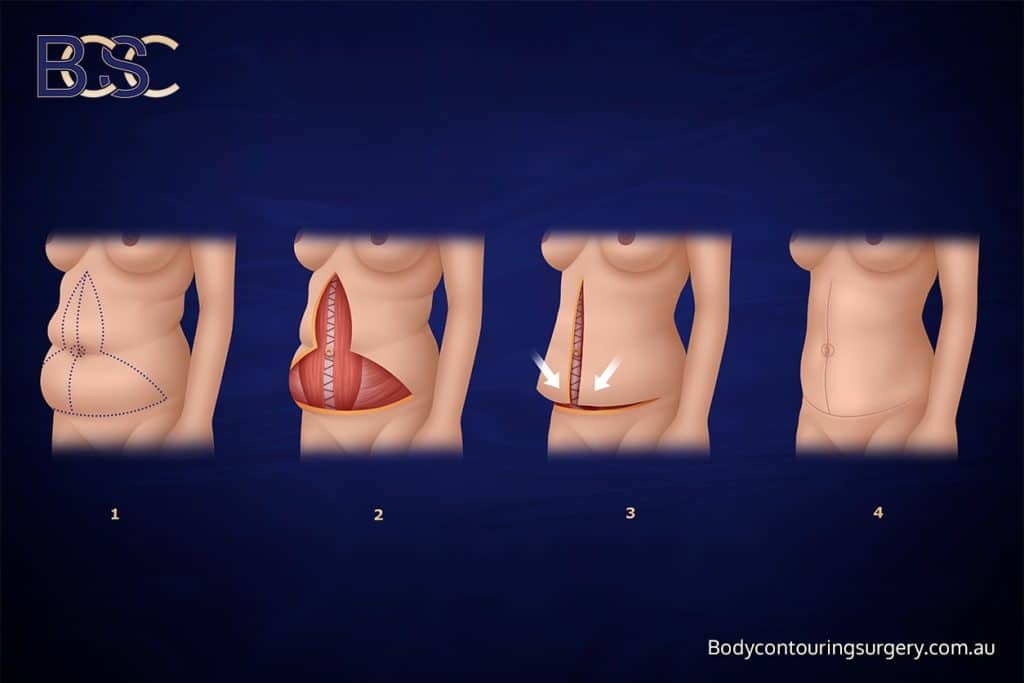
A post-weight-loss Fleur-de-Lis Abdominoplasty is a major surgical procedure designed to remove excess skin and tighten the abdominal muscles (diastasis recti) following significant weight loss. Many people who have achieved a healthy weight through lifestyle change, medication, or bariatric or gastric-bypass surgery experience loose skin in both vertical and horizontal directions across the abdominal area. This procedure treats significant skin laxity in the upper and lower abdomen.
The Fleur-de-Lis Abdominoplasty (also known as a vertical abdominoplasty) differs from a traditional abdominoplasty (tummy tuck) because it removes excess abdominal skin in two directions. The operation involves both a horizontal incision low on the lower abdomen and an additional vertical incision through the midline.
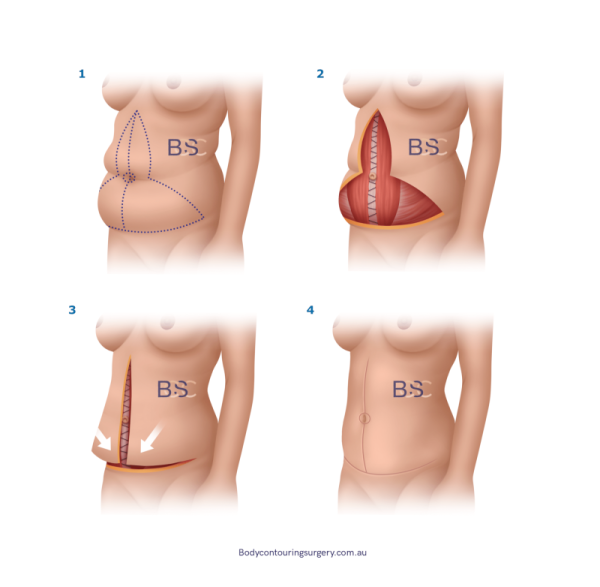
During the operation, the abdominal muscles may also be repaired if separated (diastasis recti). Strengthening the abdominal wall treats posture, core stability, and the appearance of the abdominal area. In many cases, the procedure removes excess skin while also treating excess fat through suction-assisted lipectomy (liposuction).
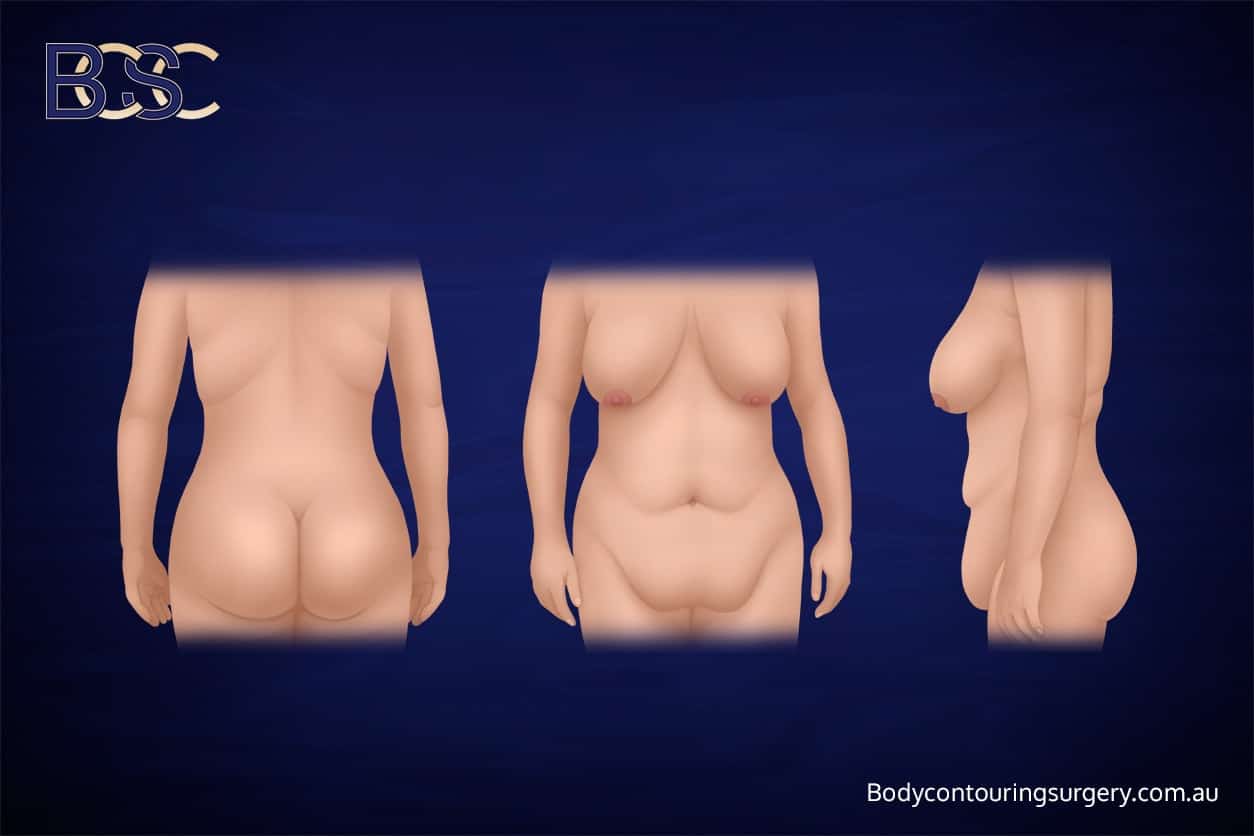
This operation is commonly performed for people who have experienced significant weight loss—typically a reduction of five BMI units or more. In practice, this often means losing over 30 kilograms, enough to leave excess tissue and loose skin in the upper and lower abdomen.
After major weight changes, the abdominal skin may fold either vertically or horizontally:
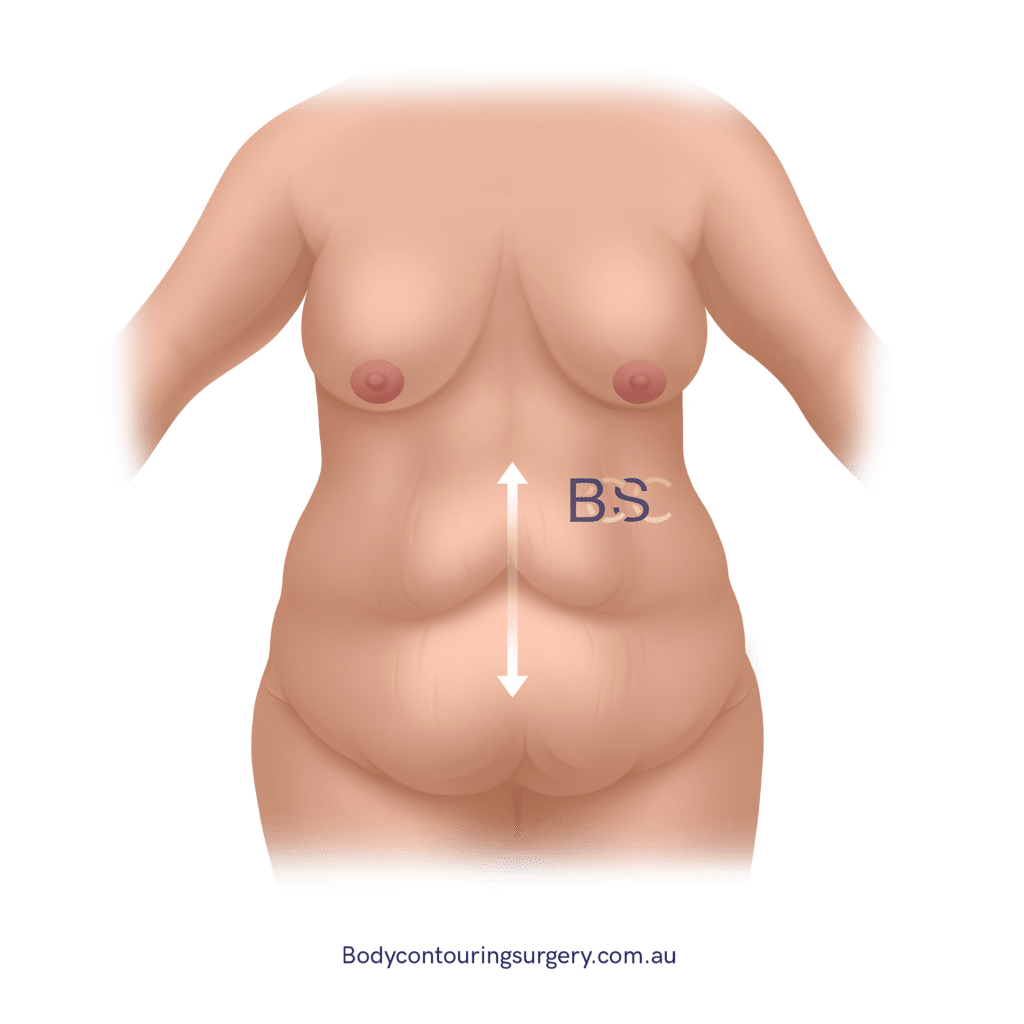
Vertical skin laxity: When the skin primarily hangs downward, a traditional abdominoplasty or extended tummy tuck (abdominoplasty) is usually appropriate.
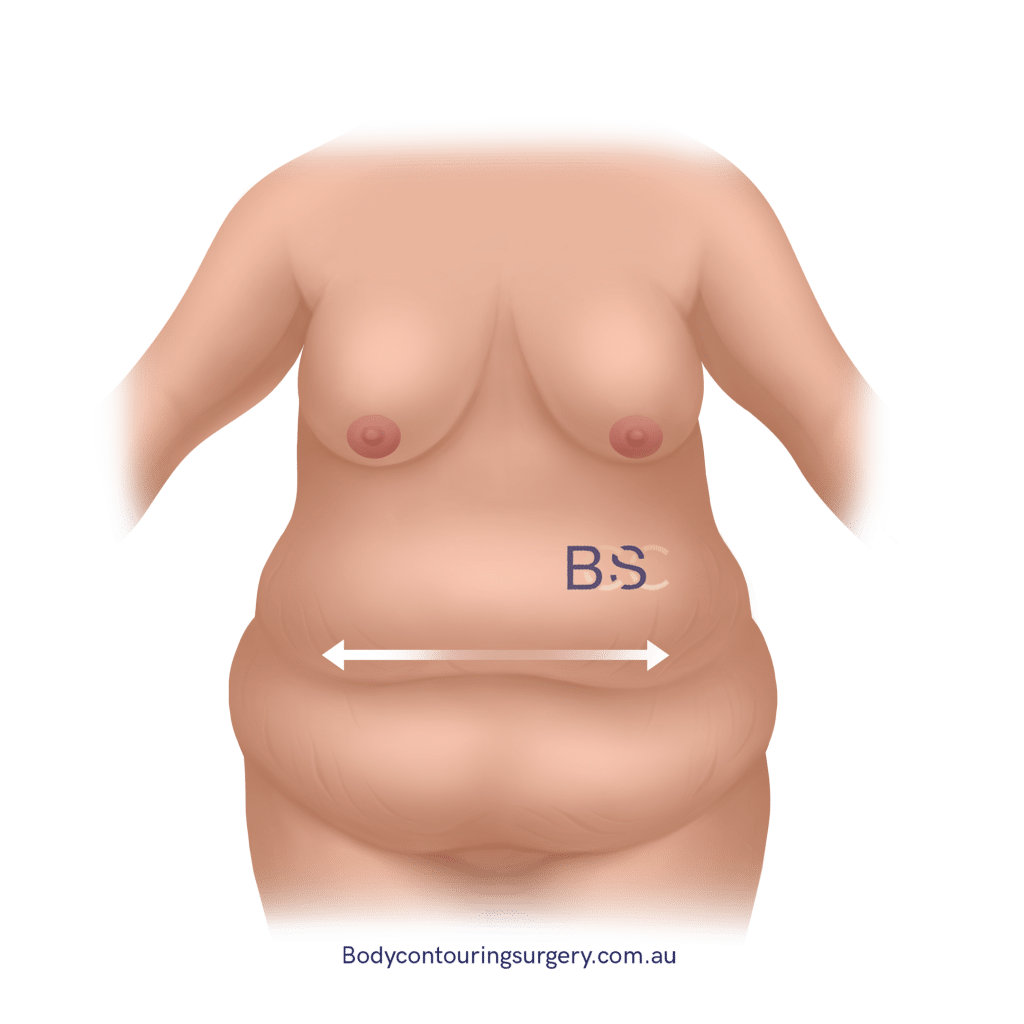
Horizontal and vertical laxity: When looseness extends across the midline and sides, a Fleur-de-Lis Abdominoplasty can better remove excess abdominal skin using horizontal and vertical incisions.

Candidates for Fleur-de-Lis surgery are assessed on their medical history and overall readiness for a major operation. Good candidates generally have:
The Fleur-de-Lis Abdominoplasty may be considered when loose skin causes discomfort, hygiene issues, or difficulties with clothing and exercise. For some people, skin folds lead to persistent irritation or rashes.
This extensive procedure may also be recommended when there is a weakened abdominal wall, separated abdominal muscles (Diastasis recti), or hernias caused by previous surgery or significant weight fluctuation. Each patient’s tailored surgical plan is developed after clinical assessment by a specialist surgeon.
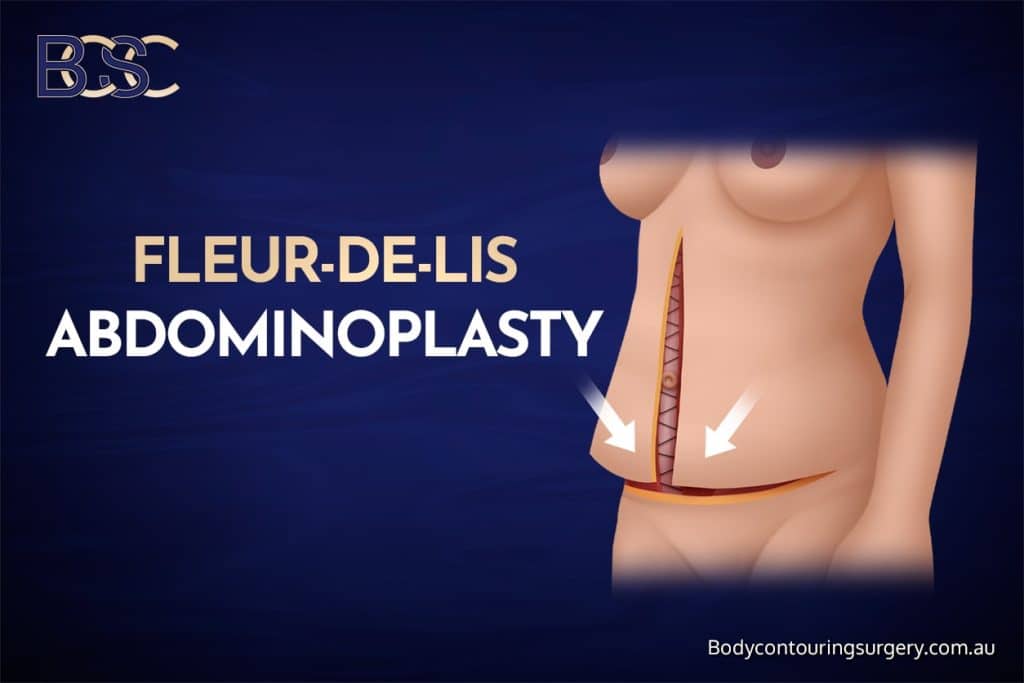
The procedure is performed under general anaesthesia and typically follows these steps:
The operation usually lasts three to five hours, depending on the amount of excess skin to be removed.
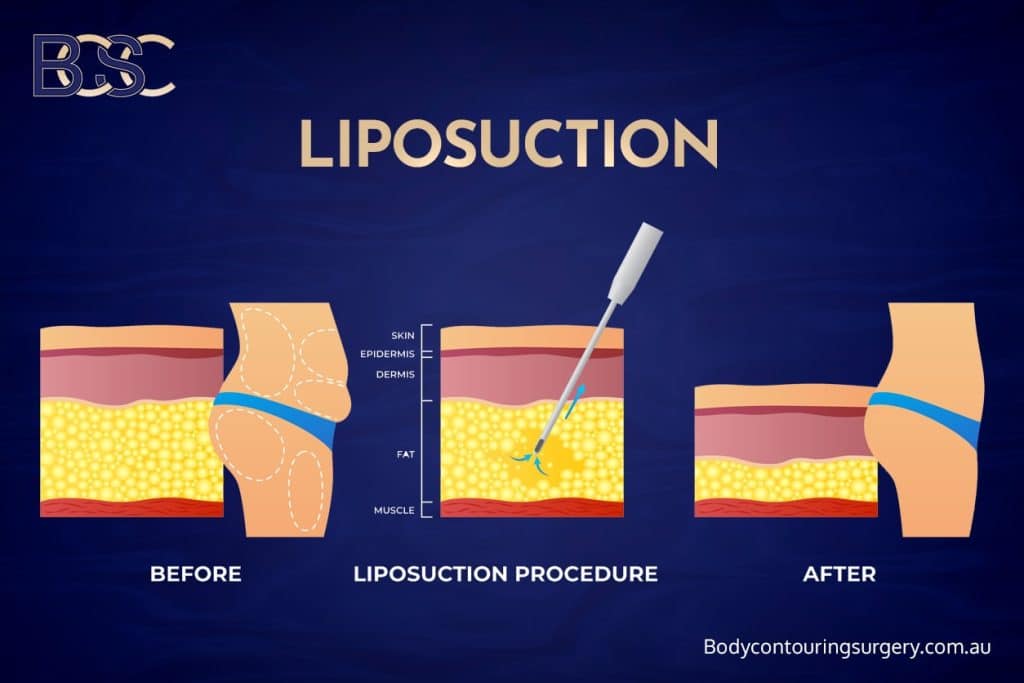
This body contouring technique uses ultrasound energy to loosen fat before removal. It assists with fat (adipose tissue) extraction in the treated area, particularly across the lower abdomen and flanks, while maintaining tissue integrity.
Hernias may be repaired during a Fleur-de-Lis Abdominoplasty. Types include:
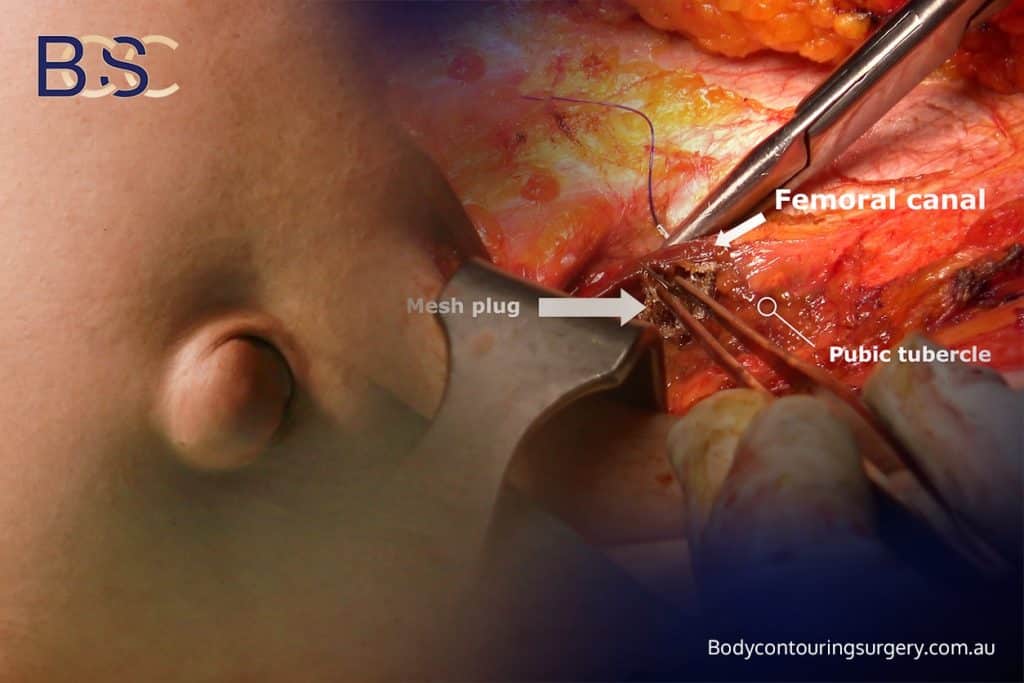
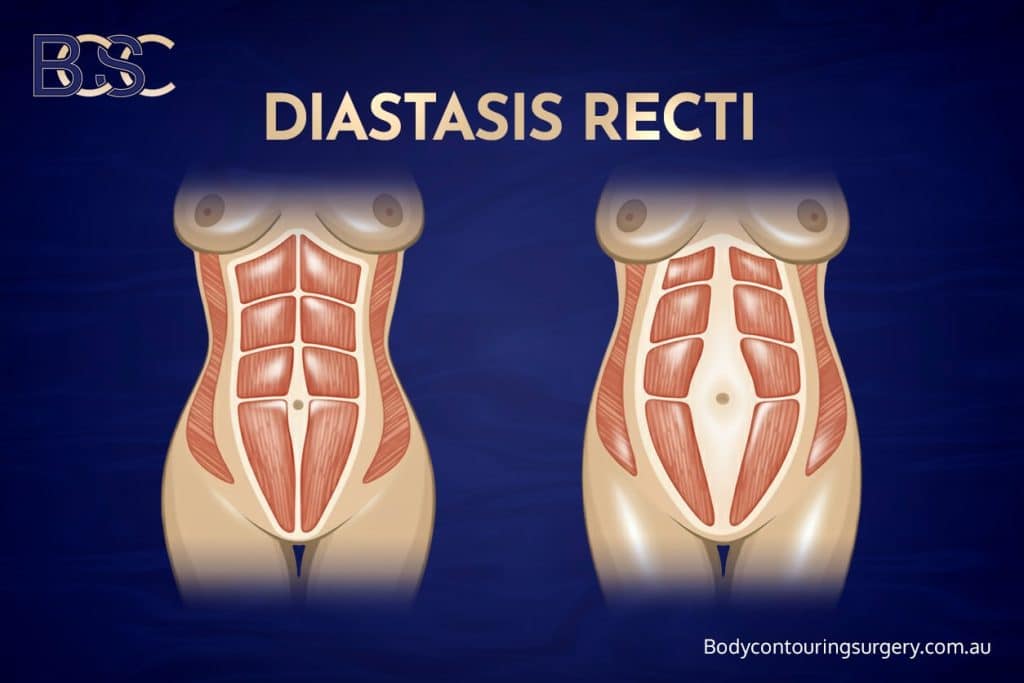
For patients with abdominal muscle separation (Diastasis recti), tightening the fascia and rectus muscles helps treat tone and function. This treats core stability and may affect posture following massive weight loss.

Patients typically stay in the hospital for observation after this major surgery. Nursing staff assist with mobility, drains, and pain management.
After discharge:

Light daily activities can resume, but heavy lifting and vigorous exercise must be avoided. Swelling gradually subsides, and follow-up appointments occur at 1, 3, and 6 weeks.

Most patients return to normal activity after four to six weeks, but full healing process and scar softening may take up to twelve months. Regular follow-up appointments at 1, 3, 6, and 12 months allow ongoing monitoring.
Maintaining a stable weight, healthy diet, and healthy lifestyle supports long-term outcomes.
All reconstructive surgery carries risk. These include:
A traditional tummy tuck (abdominoplasty) removes skin mainly from the lower abdomen, while the Fleur-de-Lis Abdominoplasty adds a vertical incision to treat horizontal laxity and significant excess skin in the upper abdomen.
At Body Contouring Surgery Clinic, all procedures are performed by Specialist General Surgeons (FRACS) experienced in body contouring after weight loss.
Most patients resume light activity within three to four weeks, returning to full activity by four to six weeks, depending on the extent of surgery.
Yes. Once you have achieved a stable weight and your medical team confirms readiness, this procedure can treat excessive loose skin left after massive weight loss.
Eligibility for rebates depends on individual circumstances, including the amount of excess skin and related functional issues such as rashes. These are reviewed during consultation.
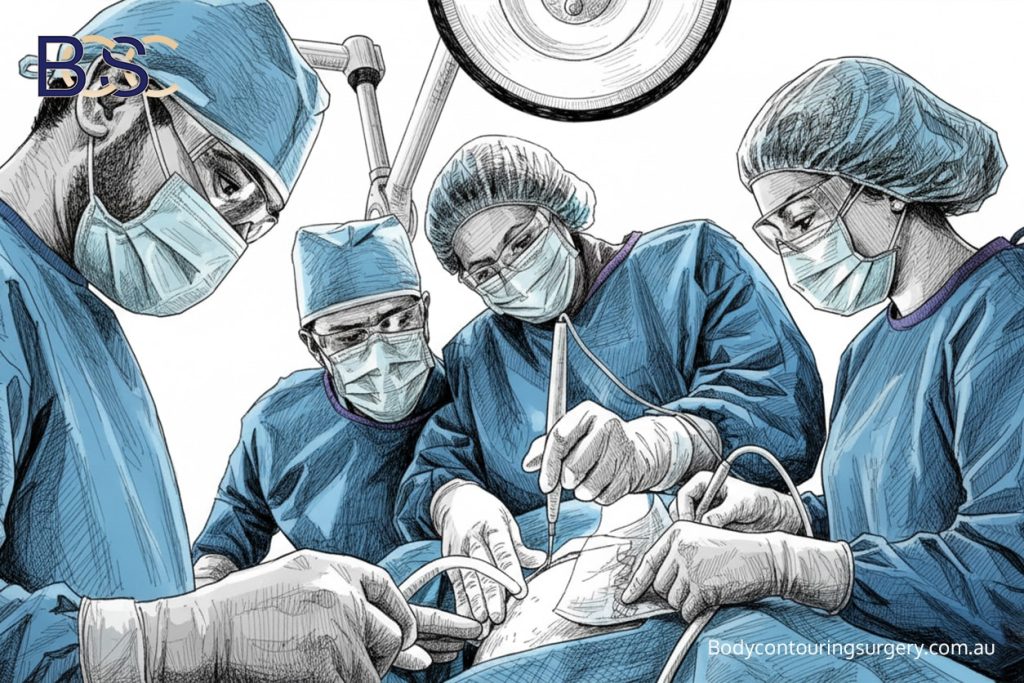
The Fleur-de-Lis Abdominoplasty is an extensive procedure that can remove significant excess skin and strengthen the abdominal wall after massive weight loss. It involves both horizontal and vertical incisions to treat significant skin laxity across the upper and lower abdomen.
At Body Contouring Surgery Clinic, our Specialist General Surgeons (FRACS) use evidence-based methods, including suction-assisted lipectomy, hernia repair, and abdominal muscle tightening, when clinically appropriate.
Every tailored surgical plan focuses on results, realistic expectations, and structured follow-up care. Results vary between individuals.